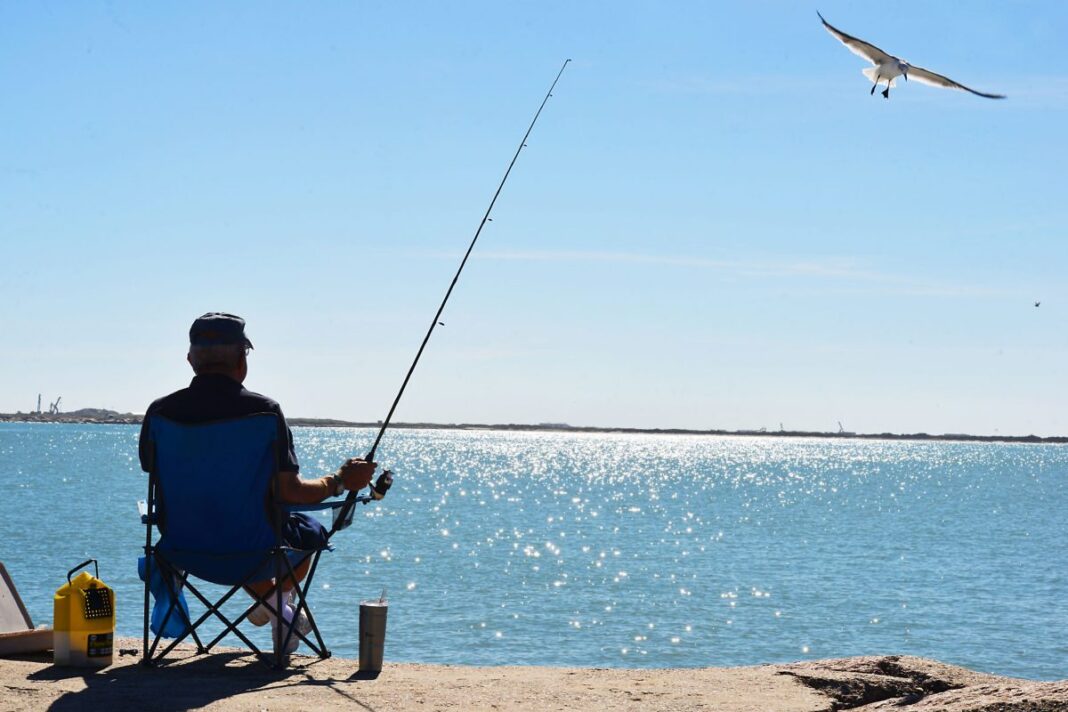The Texas Parks and Wildlife Department on Wednesday announced special seatrout limits in the Laguna Madre will be extended for another two months.
The continuation of the restrictive size and bag limits, instituted following significant fish kills due to the deep freeze last winter, will now be extended until at least Sept. 27.
The regulations are in place for both the Upper and Lower Laguna Madre, and stipulate anglers can keep no more than a three-fish limit, with a minimum size of 17 inches and a maximum size of 23 inches. Any fish caught which is over 23 inches must be returned.
“The data from our coastal fisheries biologists clearly shows declines in spotted seatrout populations in multiple Texas bays,” said Carter Smith, TPWD executive director. “While the 60-day extension of regulation changes is warranted now in the Laguna Madre, additional focus on trout fishery recovery in the San Antonio and Matagorda Bay systems is needed as well.”
“The department’s next step is working with the TPW Commission this fall to further evaluate the data, to solicit additional public input, and ultimately to secure commission guidance on what management and regulatory actions may be necessary to facilitate the quickest recovery possible,” he added.
The TPW Commission will give an update on the freeze’s impact on gamefish populations in a briefing at the Aug. 25-26 public meeting.
In mid-June, TPWD coastal fisheries biologists completed their routine gill net surveys and began analyzing the data. It showed declines in spotted seatrout populations.
In both the Upper and Lower Laguna Madre, gill net data found that the Spring 2021 spotted seatrout catch rates were both approximately 30 percent lower than the 10-year average.
The data also indicated that there were noteworthy declines in the Matagorda and San Antonio Bay systems in 2021 spotted seatrout catch rates. Those catch rates were approximately 40 percent lower than the 10-year average.
TPWD biologists also believe heavy rainfall this year has dropped salinity levels in the Laguna Madre, and this also has negatively impacted the seatrout population.




